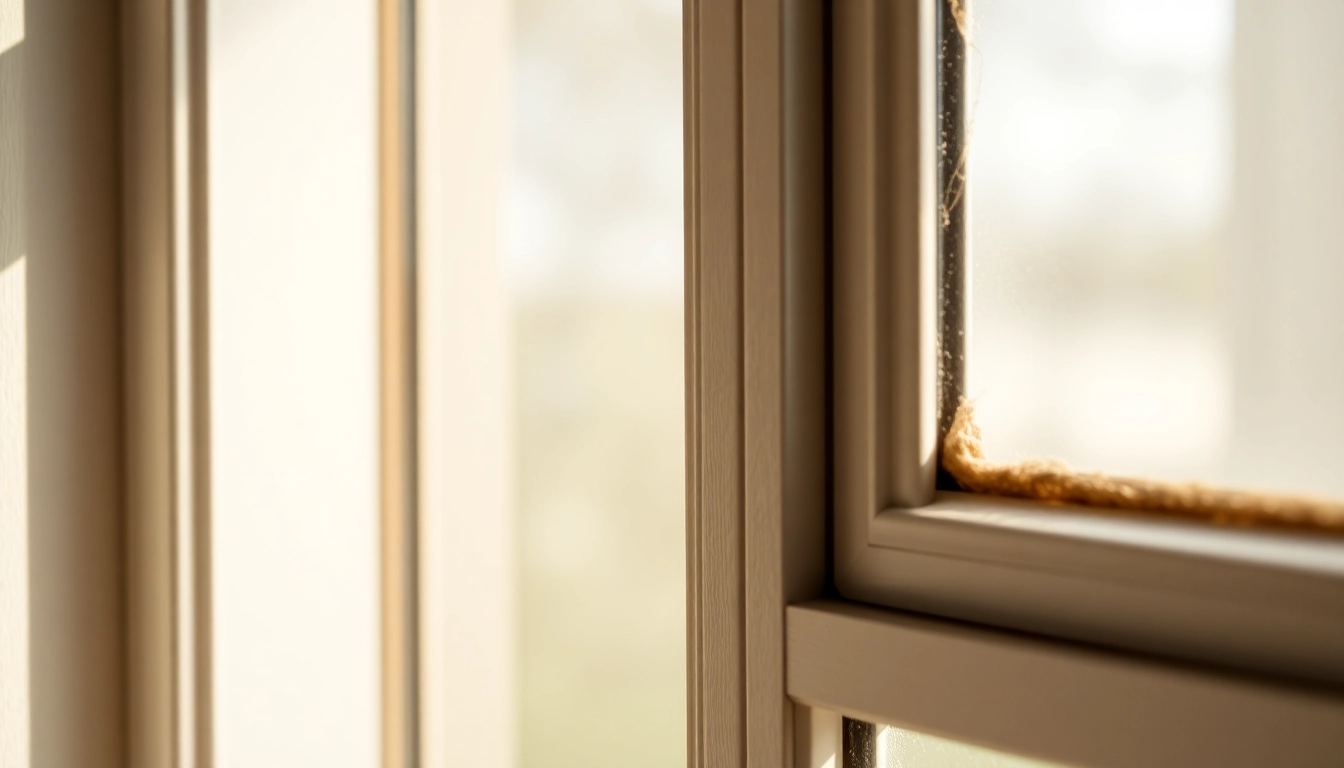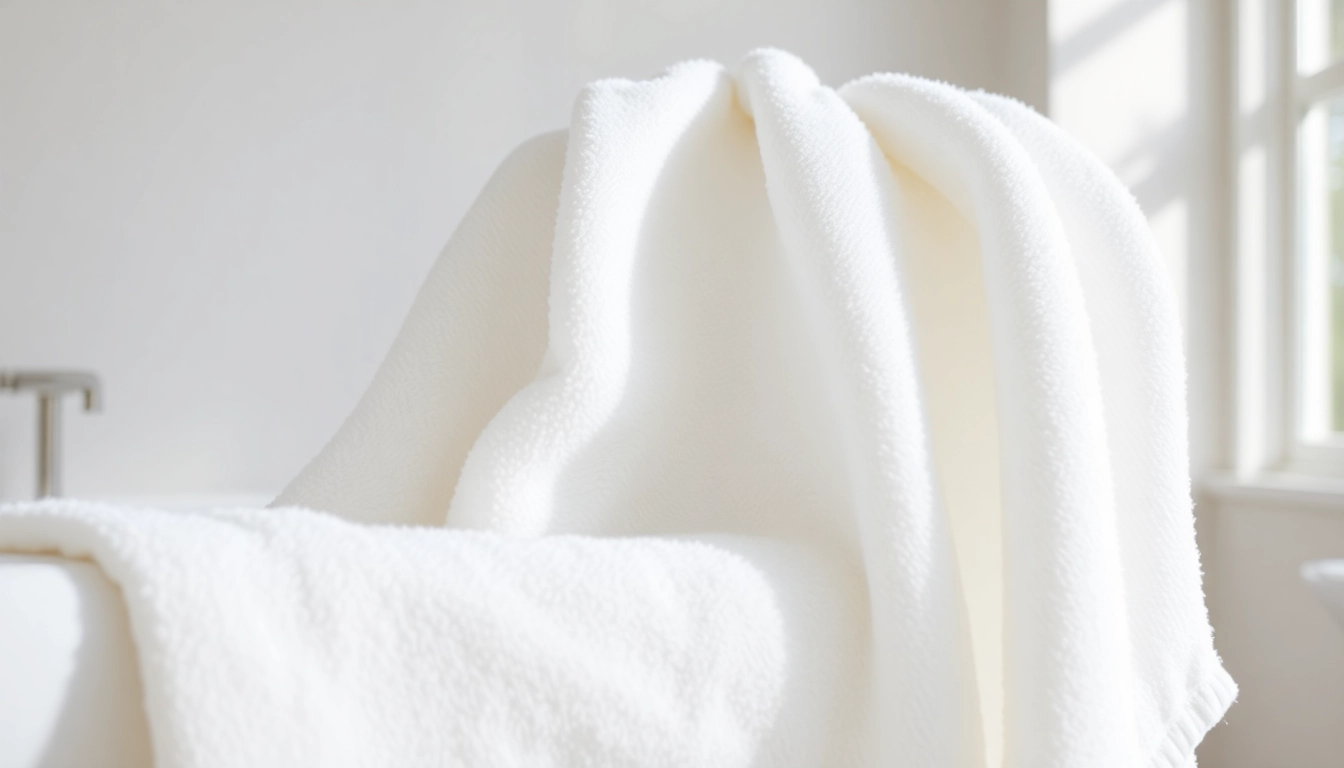Understanding Sash Window Insulation and Its Importance
What is sash window insulation and how does it work?
Sash window insulation refers to various methods and products designed to improve the thermal performance of traditional sash windows. These windows, characterized by their vertically sliding panels, are often found in heritage properties and older homes. Due to their age and design, they tend to be less energy-efficient compared to modern double-glazed windows. Effective sash window insulation works by reducing heat transfer, preventing drafts, and minimizing air leakage, thereby making interiors warmer and reducing energy bills.
Among the most effective forms of insulation is Sash window insulation which can include a combination of draught proofing, secondary glazing, and upgraded glazing units. These enhancements serve to improve comfort without compromising the aesthetic and historical integrity of the windows.
Key principles of sash window insulation
- Sealing gaps and cracks to prevent cold drafts
- Enhancing thermal resistance through glazing upgrades
- Addressing air leakage around sashes and frames
- Maintaining the visual appeal of traditional features
By working on these aspects, homeowners can achieve significant improvements in comfort while adhering to heritage preservation standards.
The impact of poor insulation on energy bills and comfort
Poorly insulated sash windows are a major contributor to heat loss, especially in colder months. Drafts and air leaks around the window sashes and frames allow cold air to penetrate, making indoor spaces uncomfortable and forcing heating systems to work harder. Studies indicate that traditional single-glazed sash windows can account for up to 20% of heat loss in older buildings, significantly increasing energy bills.
Additionally, inconsistent indoor temperatures and cold spots reduce overall comfort, fostering issues like condensation and mould, which can compromise property health and longevity. The cumulative effect of inadequate insulation not only hampers occupant comfort but also leads to higher carbon footprints and increased costs, emphasizing the necessity for effective sash window insulation techniques.
Implementing proper insulation solutions can drastically reduce these negative impacts, leading to lower energy consumption, improved comfort, and significant long-term savings.
Common issues with traditional sash windows related to heat loss
Traditional sash windows are prone to several issues that contribute to heat loss. These include:
- Gaps and cracks: Over time, timber frames warp, and seals deteriorate, creating gaps that allow cold air to enter.
- Single glazing: Many older sash windows feature single-pane glass, which conducts heat more readily than modern double or triple glazing.
- Poor sealing around sashes: Without adequate draught proofing, the sashes can rattle, and air leaks become prominent.
- Inconsistent maintenance: Neglected or poorly maintained windows exacerbate these issues, reducing efficiency further.
Addressing these issues requires targeted solutions that combine physical barriers, glazing improvements, and sealing techniques to ensure maximum insulation and energy efficiency.
Top Techniques and Products for Insulating Sash Windows
Draft proofing options: brushes, seals, and weatherstripping
One of the most cost-effective and straightforward methods to improve sash window insulation is draught proofing. It involves sealing the gaps and preventing air ingress or egress. Common solutions include:
- Brush seals: These are flexible brushes that fit into the gaps around sashes, blocking drafts while allowing movement. Modern brush seals are designed to match the aesthetic of traditional windows and can be replaced easily.
- Weatherstripping tapes: Self-adhesive foam or rubber strips that seal gaps up to several millimeters. They are easy to install and suitable for DIY application.
- Sash seals: Specifically designed for sash windows, these are tailored to seal the meeting rail and edges, reducing gaps and rattling noise.
Professional installation ensures optimal sealing, but many options are DIY-friendly for homeowners seeking simplicity and affordability.
Double glazing upgrades for maximum insulation efficiency
Double glazing remains the gold standard for improving sash window insulation. This upgrade involves replacing existing single-pane glass with two layers of glass separated by a sealed insulating gap filled with argon or krypton gas. Benefits include:
- Significant reduction in heat transfer through conduction
- Enhanced noise insulation from external sources
- Improved security and durability
Installing double-glazed sash windows can be a more costly investment but offers long-term energy savings and comfort improvements. Windows can be retrofitted with slim-profile double glazing units that preserve the appearance of classic sash windows.
Secondary glazing and external shutters as effective solutions
Secondary glazing involves installing a pane of glass or acrylic onto the internal side of an existing sash window, creating a double-glazing effect without replacing the original window. This method is popular in heritage settings due to its minimal impact on aesthetics.
External shutters, especially wooden ones, serve as both decorative features and insulators. When closed at night or during cold weather, shutters block drafts and reduce heat loss. They also add to the visual charm of period properties and can be combined with internal secondary glazing for maximum effect.
Both solutions are adaptable and reversible, making them suitable for historic buildings that require preserving their external appearance.
Step-by-Step Guide to Properly Insulate Sash Windows
Assessing your sash windows and identifying gaps or drafts
The first step involves a thorough inspection. Use a lit candle or incense stick around the frame and sashes to detect drafts, observing for flickering or smoke movement. Visual checks for cracked or missing seals, warped timber, or deteriorated putty are essential. Document areas that require attention, including gaps between sash and frame, window meeting rails, and any cracks in the glazing or surrounding timber.
Installing draft excluders and sealing existing gaps
Once gaps are identified, proceed with sealing. For small gaps, adhesive foam strips or brush seals are effective. Larger gaps may require more substantial solutions like those provided by specialist products such as Gapseal, which fills gaps up to 5mm, or bespoke weatherproofing solutions. Proper sealing around sashes and frames prevents drafts and reduces heat loss significantly.
Ensure that the sealing materials are compatible with wooden frames and match aesthetic preferences—translucent, paintable, or matching the timber finish where possible.
DIY vs. professional installation of insulation measures
DIY insulation projects are achievable for homeowners comfortable with basic carpentry and sealing. They involve applying draught-proofing strips, installing secondary glazing kits, and sealing gaps with ready-made products. However, professional installers offer advantages such as precise fitting, optimal sealing, and creating custom solutions that maintain heritage features.
Professionals can also provide advice on upgrading glazing units, fitting advanced seals, and installing trickle vents to facilitate ventilation without compromising insulation performance.
Best Practices and Maintenance for Long-Term Insulation Success
Regular inspection and maintenance of seals and glazing
To sustain insulation benefits, periodic checks are necessary. Inspect seals, weatherstripping, and glazing for wear, damage, or deterioration. Reapply or replace seals when they become brittle or come loose. Repair or replace cracked or broken glazing promptly. Regular maintenance prevents minor issues from escalating into significant heat leaks.
Keeping sash windows in good repair to prevent heat loss
Maintaining the structural integrity of sash windows extends their insulation effectiveness. This includes ensuring that sashes slide smoothly, are properly aligned, and that the timber frames are free from rot or warping. Applying high-quality paint or protective coatings seals the timber and prevents moisture ingress, which could deteriorate insulation performance over time.
Tips for combining insulation with stylish window treatments
Stylish curtains, blinds, or shutters not only add aesthetic appeal but also contribute to thermal efficiency. Thick, lined curtains or heavy drapes can trap warm air near the window surface, enhancing insulation. External shutters, when designed appropriately, can complement the property’s style while providing an extra layer of protection against cold weather.
Measuring Performance and Choosing the Right Insulation
How to evaluate the effectiveness of your insulation improvements
Assessing the success of your insulation measures involves both subjective and objective methods. Use simple tools like a thermal camera or infrared thermometer to identify cold spots and measure changes before and after improvements. Conduct energy audits if possible, to quantify reductions in heating use. Keep track of comfort levels and draft complaints over time.
Key metrics: energy savings, reduced drafts, window comfort
Typically, effective sash window insulation should result in measurable reductions in energy bills—often between 10% and 25%—and a noticeable decrease in drafts and cold spots. Comfort improvements include stable indoor temperatures and reduced noise infiltration. Documenting these metrics helps validate the investment and guides further upgrades.
Selecting trusted products and professional services for optimal results
Reliability depends on choosing high-quality products from reputable suppliers. For instance, brush seals from companies like Sashseal or secondary glazing units from dedicated specialists ensure longevity and performance. When opting for professional services, verify credentials, reviews, and prior experience in heritage property works. Combining superior products with expert installation maximizes long-term benefits and preserves the character of historic sash windows.



